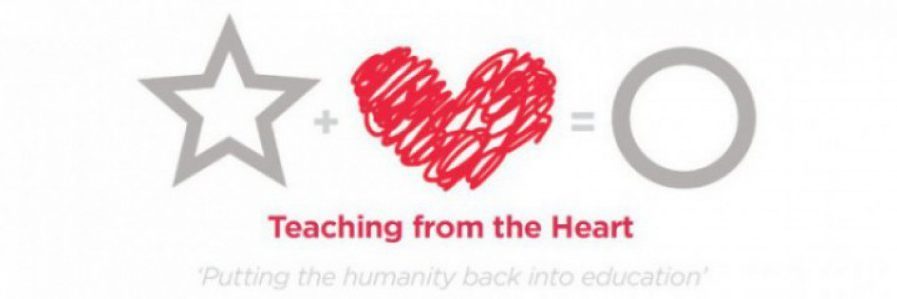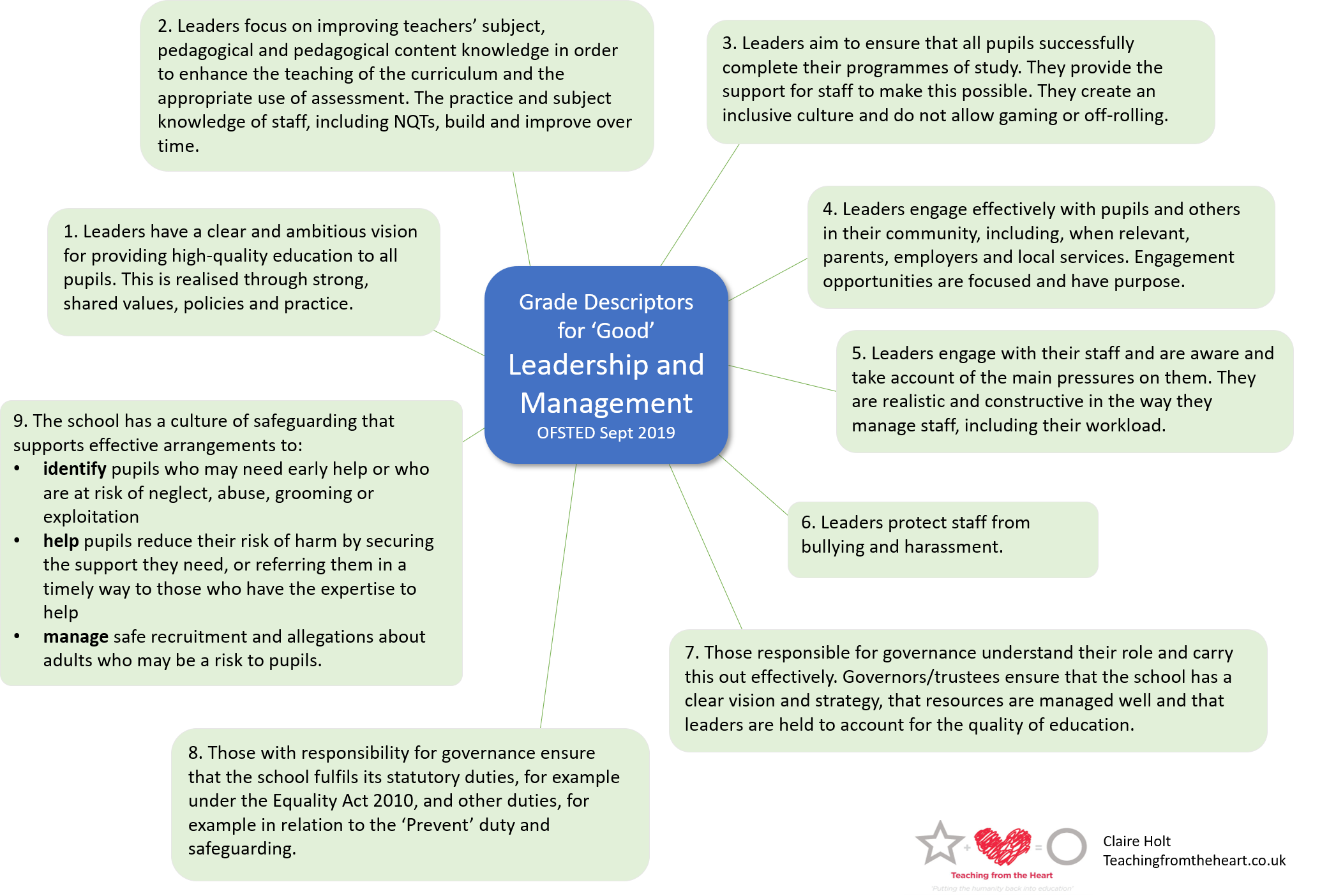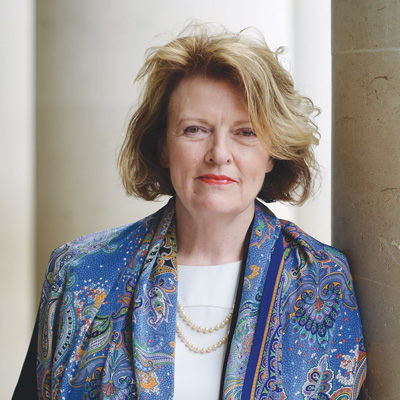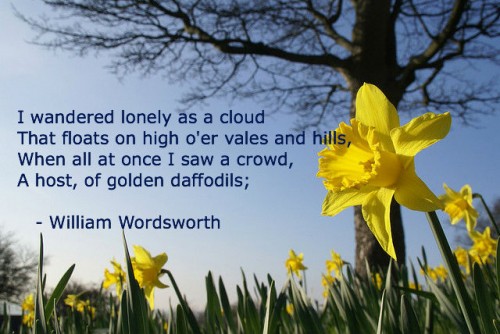As the summer holidays draw to a close, many of us will be thinking about the start of the new school year. Whether you are a teacher, a pupil or a parent, the start of a new academic year can feel somewhat daunting, as well as exciting.
Phrases that I commonly hear about the beginning of term are ‘we need to hit the ground running’, ‘start as we mean to go on’, or ‘we need everything up and running’. Personally, I feel slightly exhausted by this kind of rhetoric, and I don’t want to start my year like that. There is a kind of forced energy behind it, and a kind of ‘grit your teeth and get on with it’ mentality. This is a short-term attitude and cannot be sustained until July, Christmas, or even October half term come to that.
So, I’d like to offer an alternative. How about we take things a little slower? We have about 10 months with our classes. That’s 10 months to get to know them, to support them to make progress, to help them to grow as individuals, to grow and learn together. 10 months of days getting darker, festivals, snow, birthdays, rain, new life, lighter days, warmer days, upsets, injuries, disappointments, joys, highs, lows, successes, failures, illnesses, loads of energy, losses, friendships, and much, much more. With so much going on in the life of a school, and our own lives, it is easy to become exhausted and drained.
If we have 10 months, why do we try to pack it all in the first few weeks of September and think that we have to have everything sorted right from the start? That isn’t how anything ever starts. If we wait until everything is perfect, we’d never get started. So, let’s give ourselves a break, take a breath and start a bit slower, in a way that is sustainable.
How about you just concentrate on two things during September?
Relationships and routines.
Relationships are at the heart of everything we do. As human beings we long for connection with, and recognition from, each other. As teachers, we know that children will be much happier, feel safer, and learn more if they have strong connections with us. To quote the rather marvellous Rita Pearson, ‘human connection is the key. Children don’t learn from people they don’t like’. Or James Comer: ‘no significant learning can occur without a significant relationship.’
One simple way to connect with our children is to find out what makes them tick. What are they interested in? What do they do in their spare time? What do they do outside of school? Find out.
Once you’ve done that, talk to them about the things that make them tick. Put books about these things in the reading area (if possible). Use them for guided reading sessions, or to write about, or as a stimulus in geography etc. I’ve had many conversations about football, trains, or sewing that are brilliant for just engaging with children outside of the curriculum and seeing them as people. This relationship then makes my job far easier, and children feel valued – a win-win situation.
Routines might sound boring, but they are really important. They create structure and can anchor us in our daily lives, making it more manageable and allowing us to cope better with unpredictable changes. Routines also reduce our stress levels by limiting the number of decisions we need to make on a daily basis, thereby reducing our cognitive load. Routines also help us to prioritize those things which are important to us, which in turn helps us to achieve our goals. Put simply, routines support us to feel safe.
Without routines we can often feel confused, overwhelmed, and stressed. When we feel like this, we are not effective learners, teachers, or parents.
Some tips for creating routines
- Make a list of the things that need doing (thus reducing your cognitive load) and then order it
- Keep it simple – focus on the things that you value and that will give the most benefit
- Create a visual reminder (this will reduce cognitive load and help to remind you)
- Schedule breaks and flexible time (avoid over-stuffing your timetable as things often take longer than we think)
- Lay stuff out the night before – clothes, packed lunches, bags, resources etc. (you’ll get a better night’s sleep knowing these things are done)
- Be kind and patient with yourself and others – it takes time to establish a new routine
- Celebrate your wins
- Try out your new routine for a while, then assess and adjust – what worked well? How could you adjust it so it is even better?
Remember to sprinkle your routines with fun, creativity, and spontaneity to avoid dullness, drudgery, and boredom.
Finding the essence of teaching
So whatever the start of the new academic year brings for you, why not slow things down and focus on the two simple concepts of relationships and routines? In doing so, you might well achieve simplicity, serenity and success, and not at the expense of your energy and focus.











 Young teachers often ask me how I know so much stuff. I tell them that I’ve been working in education for a pretty long time now. Whilst this is true, anyone who has sat in a room with me for more than half an hour, will also know that I love BBC Radio 4 and it’s one of the main sources of my information.
Young teachers often ask me how I know so much stuff. I tell them that I’ve been working in education for a pretty long time now. Whilst this is true, anyone who has sat in a room with me for more than half an hour, will also know that I love BBC Radio 4 and it’s one of the main sources of my information.


 Some things to note:
Some things to note:
 The primary science National Curriculum says that children should ‘develop their understanding of scientific ideas by using different types of scientific enquiry to answer their own questions, including observing changes over a period of time, noticing patterns, grouping and classifying things, carrying out simple comparative tests, and finding things out using secondary sources of information.’
The primary science National Curriculum says that children should ‘develop their understanding of scientific ideas by using different types of scientific enquiry to answer their own questions, including observing changes over a period of time, noticing patterns, grouping and classifying things, carrying out simple comparative tests, and finding things out using secondary sources of information.’